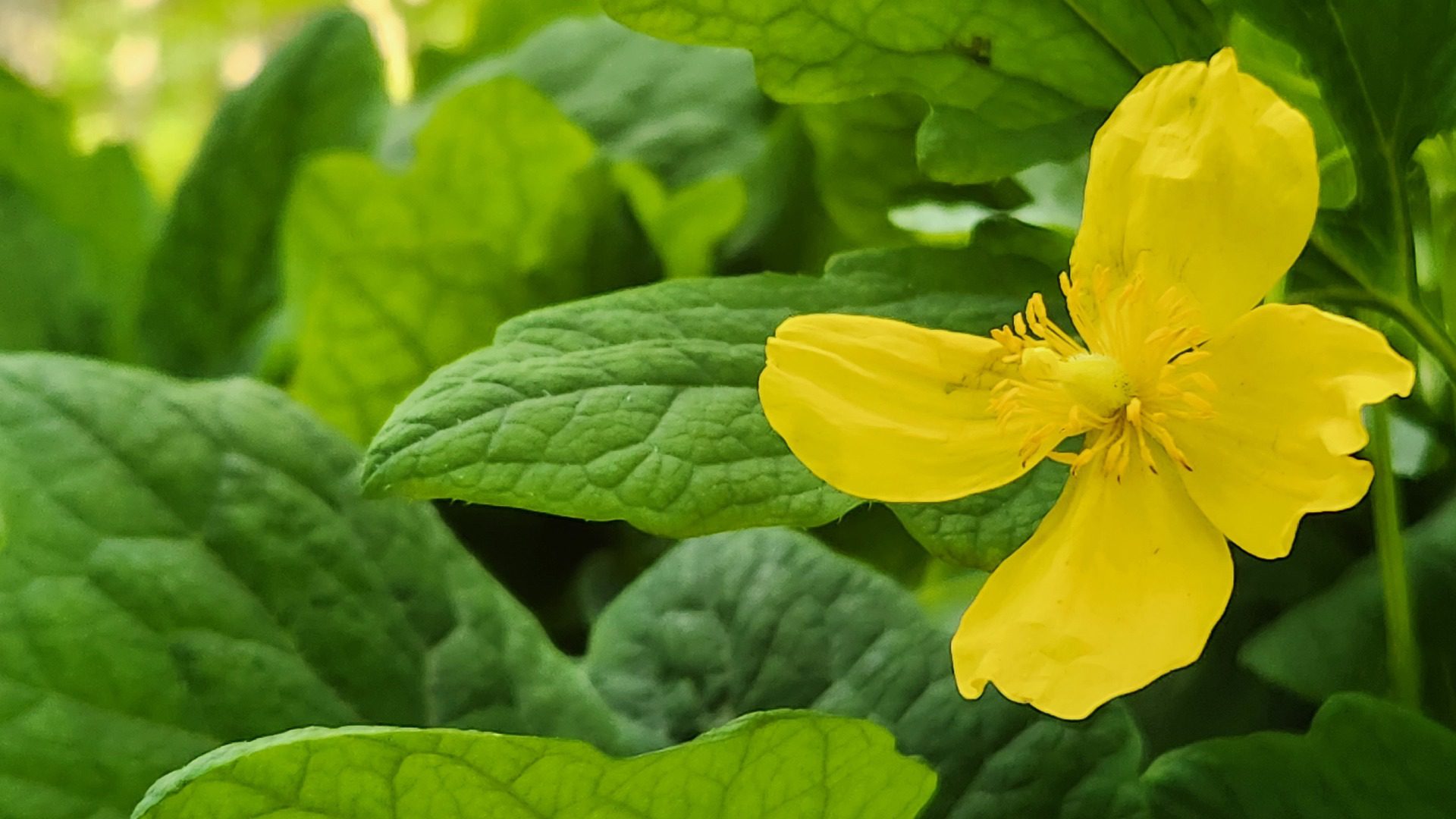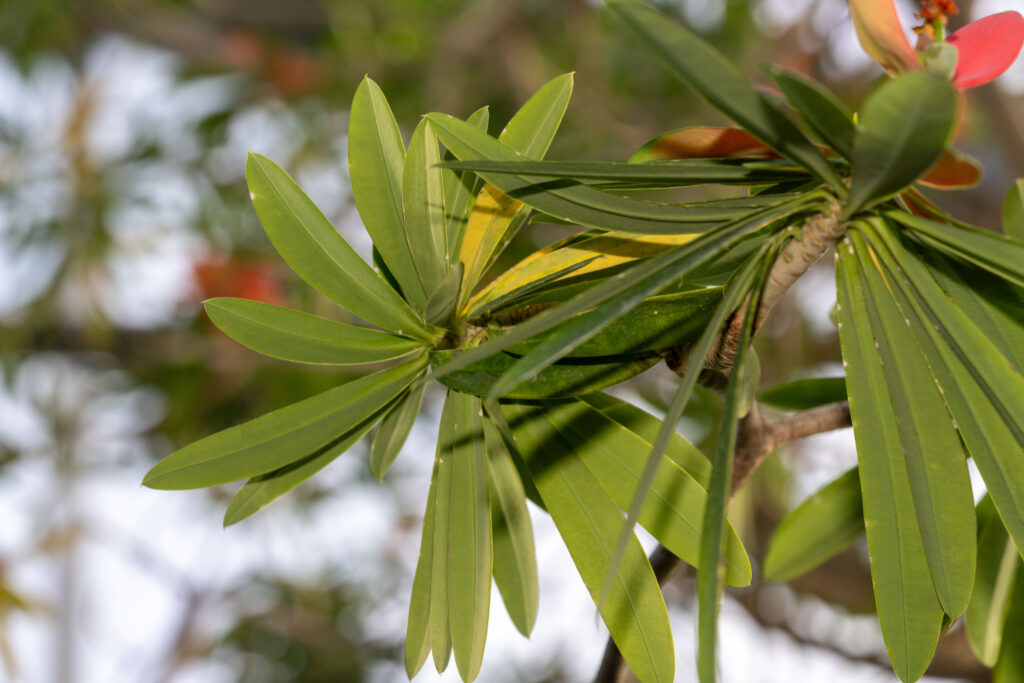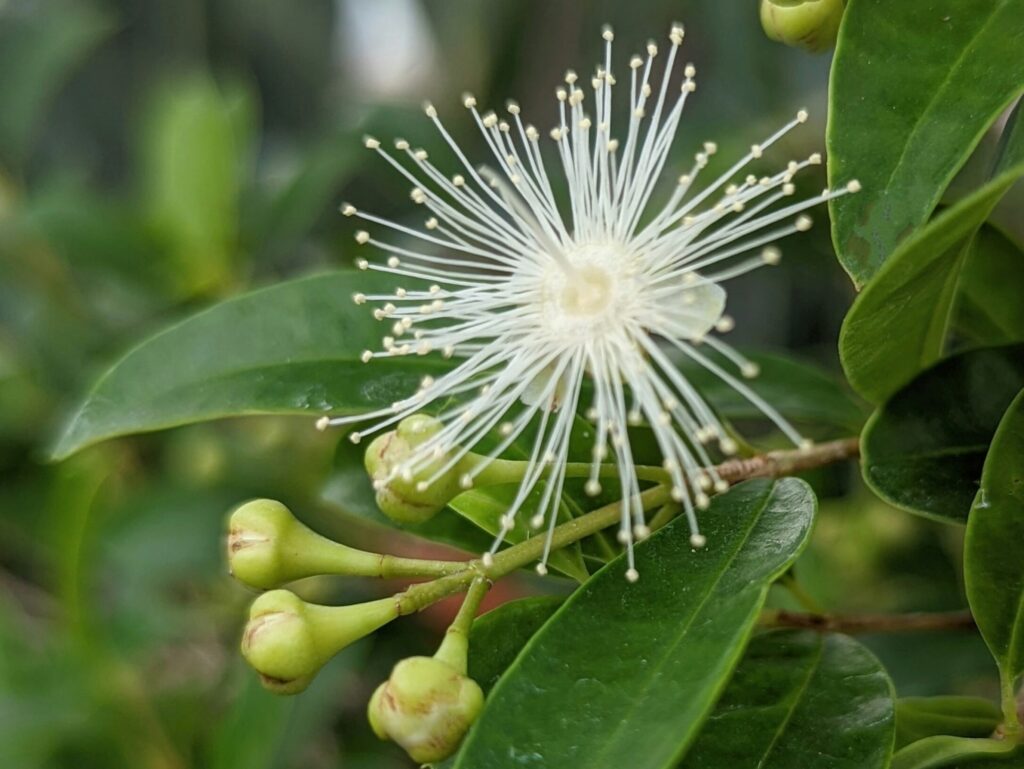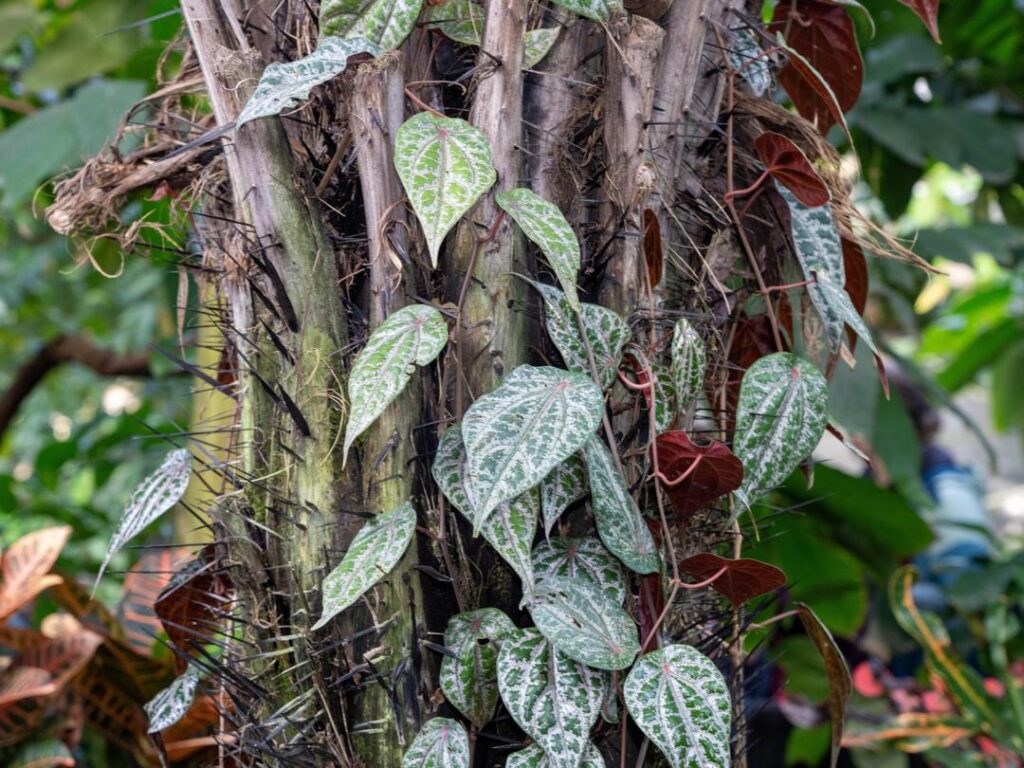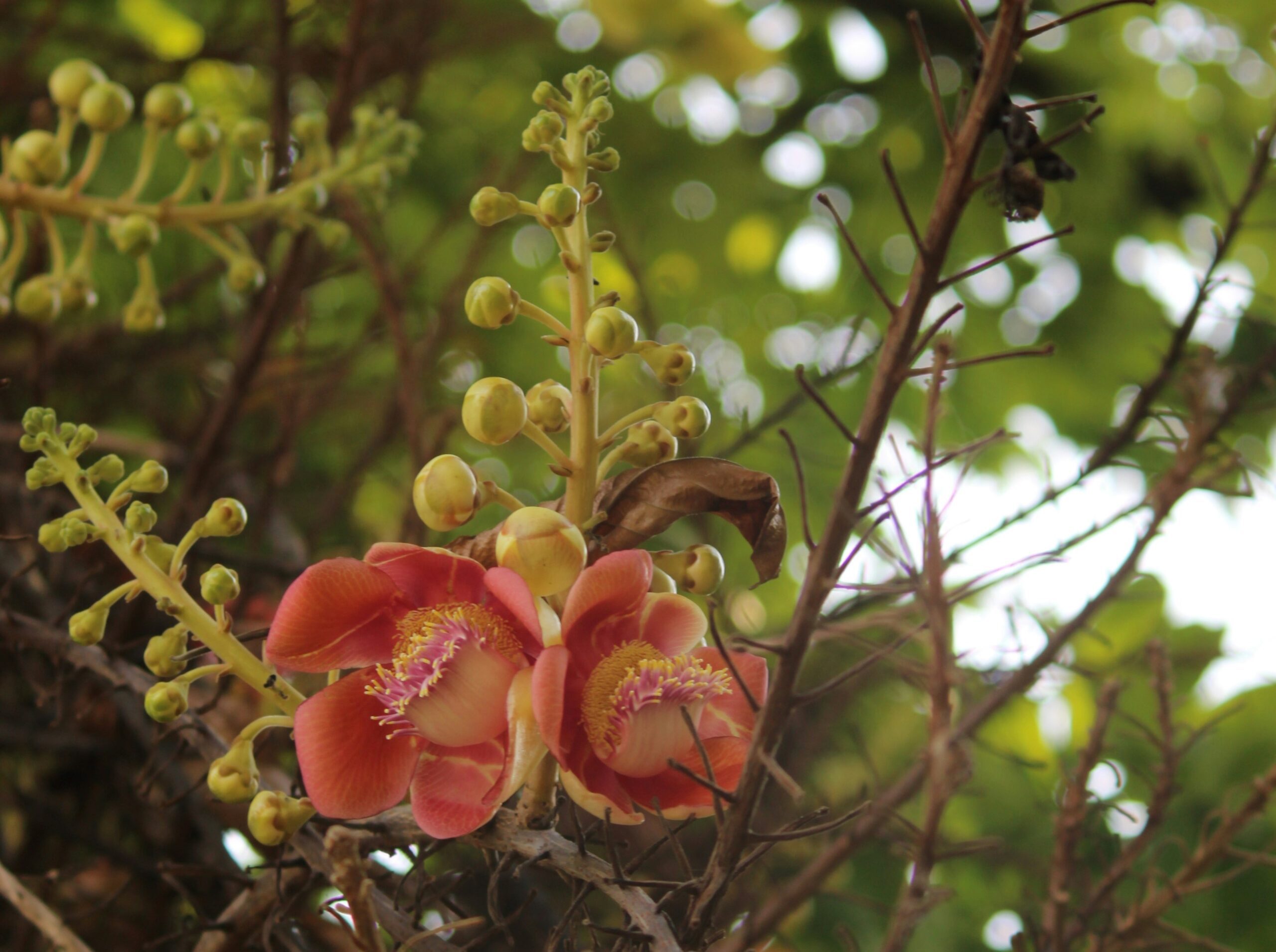
Cannonball Tree
Fragrant flowers, grown directly from the… trunk?
The cannonball tree is flagelliflory, meaning that flowers form on the tree’s trunk, rather than growing alongside its leaves. A single cannonball tree can have more than 1000 flowers that give off a strong scent, particularly in the early evening and in the morning. True to its name, a cannonball tree grows fruit that resembles a cannonball, and they are about as tasty as one – while edible when ripe, the fruit has an unpleasant odour and is a sickly green-blue when it oxidizes, and so its primary use is medicinal.
- Latin Name: Couroupita guianensis
- IUCN Red List Status: Least Concern (at relatively low risk of extinction)
- Type: Deciduous tree
- Produces: Flowers and fruits
- Habitat: Tropical forests of Central and South America
- USDA Climate Zone: 11 – 12
- Size: More than 25 metres tall
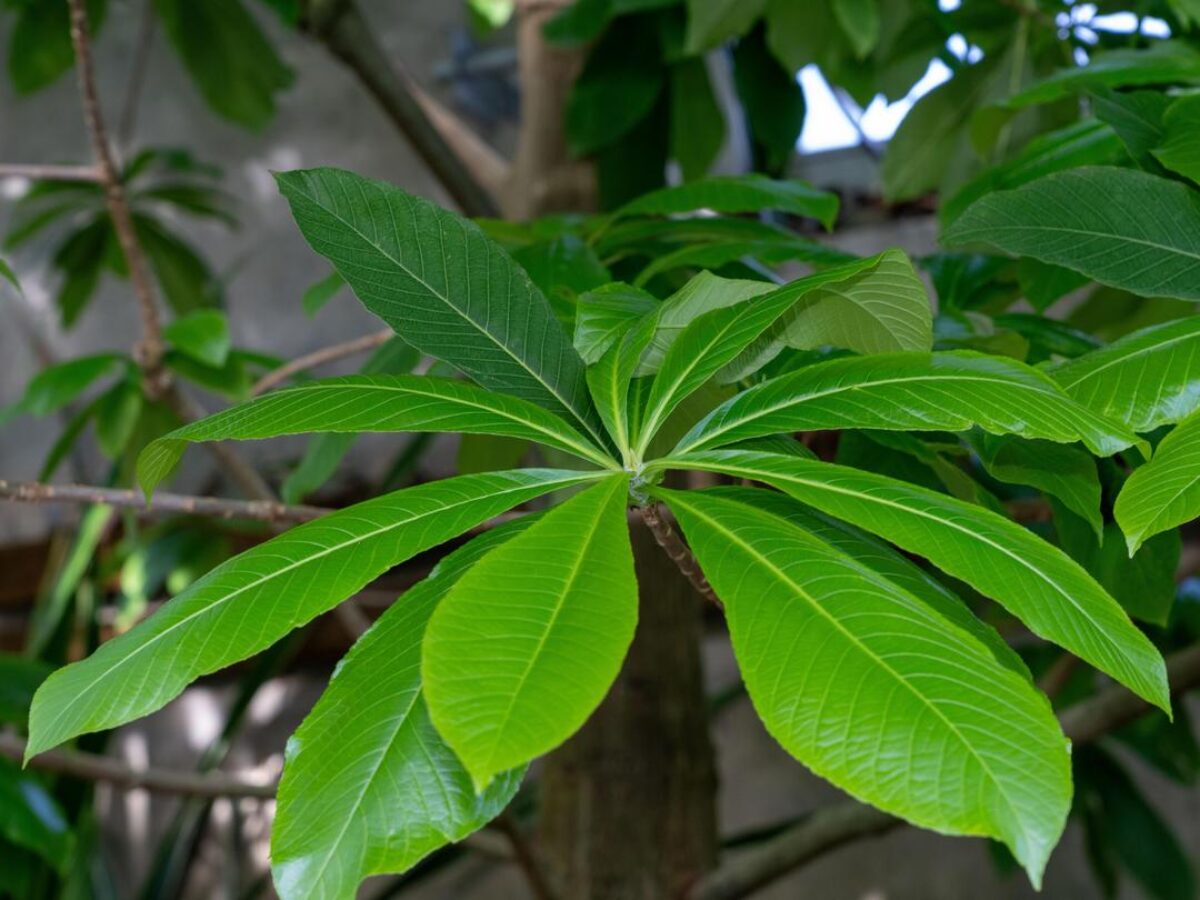
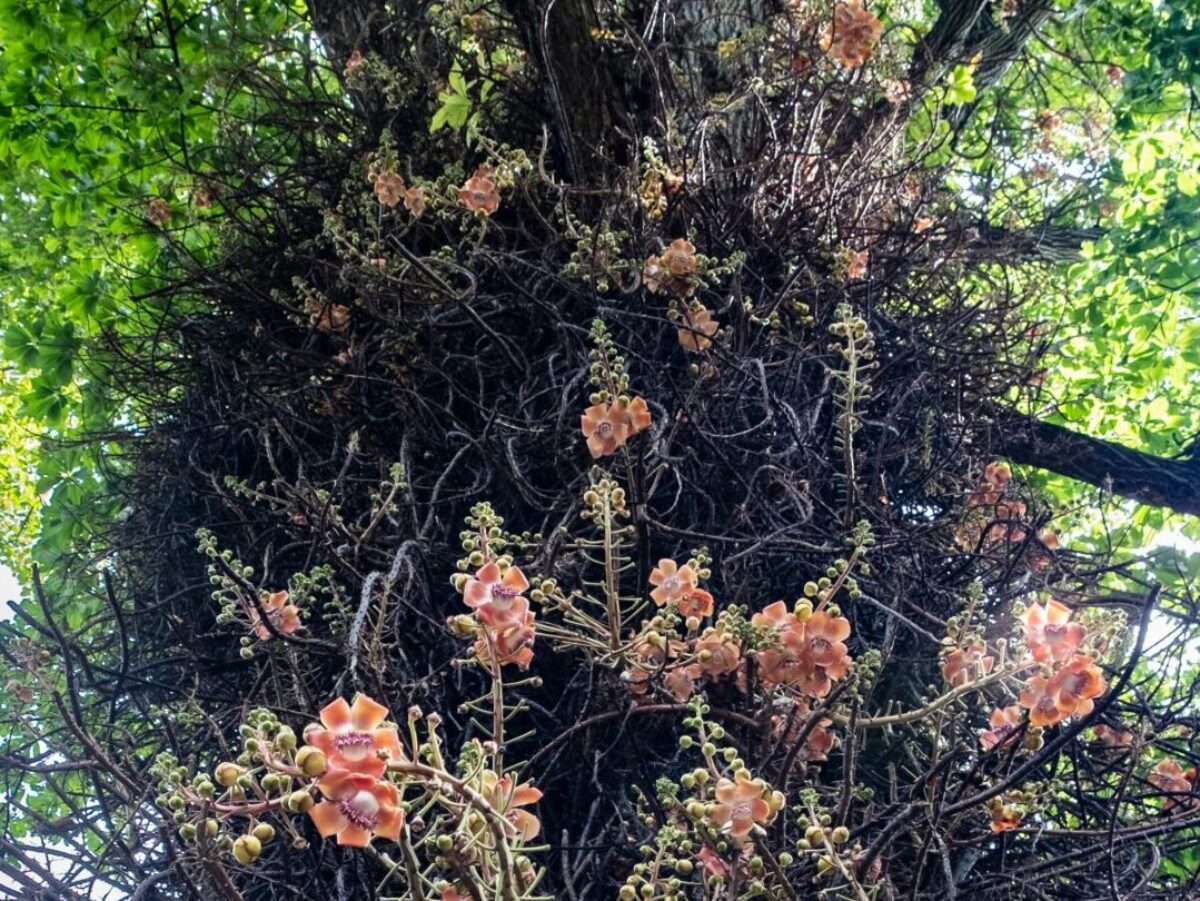
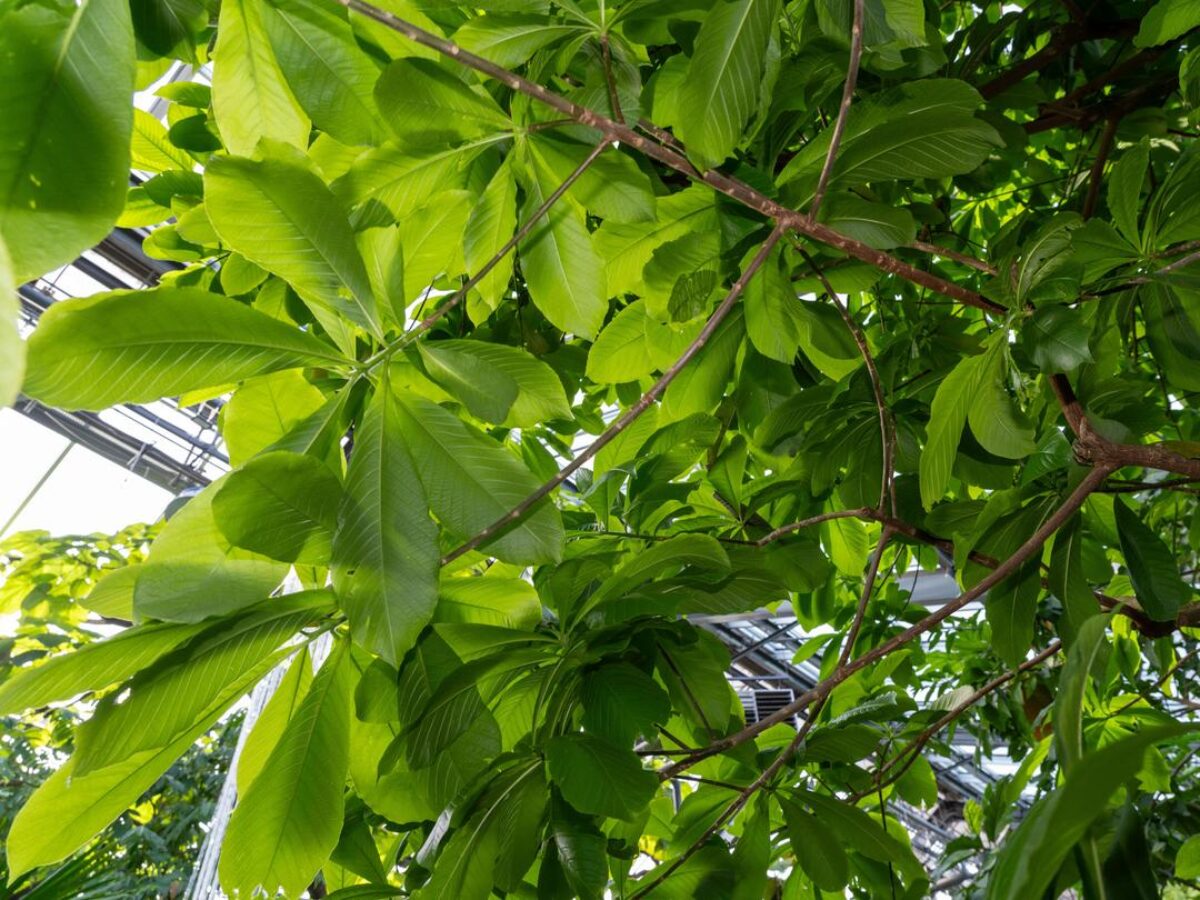
facts about our plants
Fun Facts about Cannonball Trees
The flowers of a cannonball tree do not produce nectar but have pollen that bees enjoy.
A cannonball tree’s fruit contains hundreds of small seeds.
The fruit is typically only consumed in times of famine.
The fruit’s shell has been used to make utensils.
Cannonball fruit can weigh up to 16 kilograms.
The flowers of a cannonball tree are yellow or red on the outside and crimson or lilac on the inside.

Donate
How you can help
Your donation makes a world of difference. With support for animal care, conservation programs, and education, you’re making the world wilder.

Plan your visit
Get close to wildlife
It’s time to make some memories. Here’s everything you need to know to plan an unforgettable day at the zoo.

